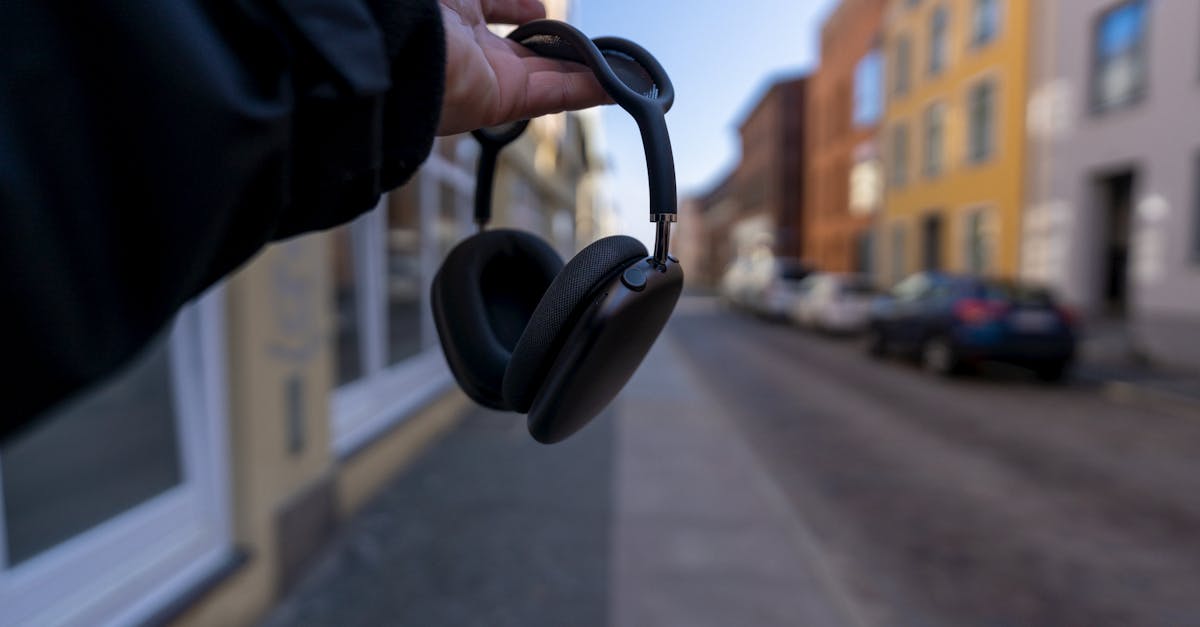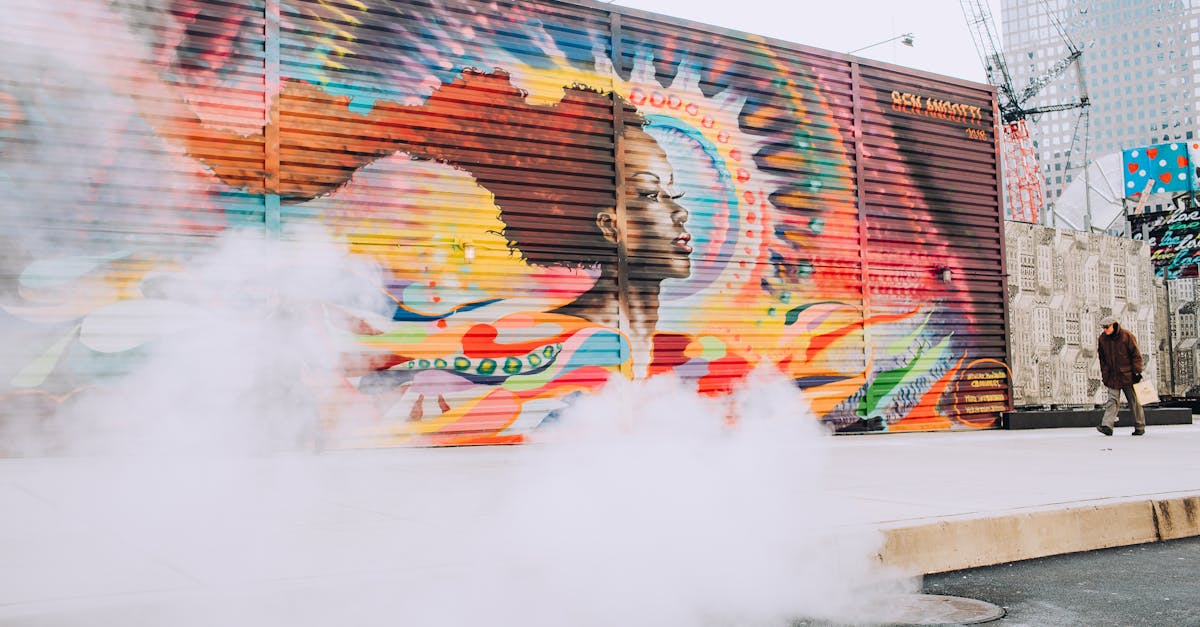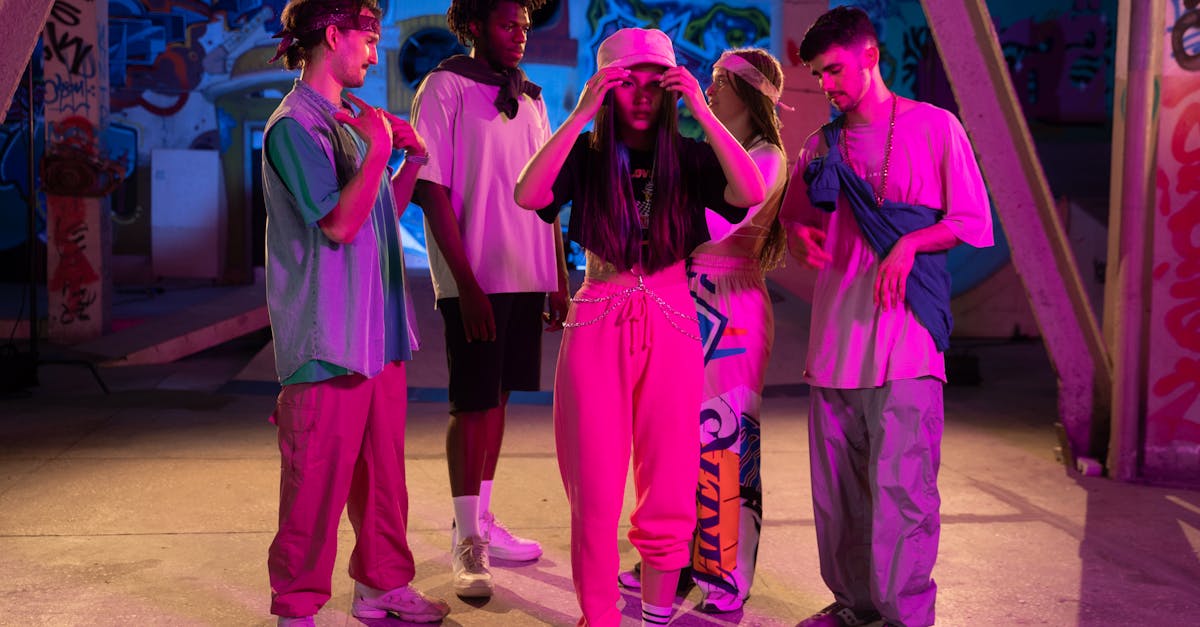Echoes of Street Ballads
Introduction
Street ballads have been a distinctive voice in the cultural tapestry, weaving tales of public sentiment, love, and social struggles. Originating from humble beginnings, these ballads were sung on bustling street corners and vibrant marketplaces. They served as both a form of entertainment and a vehicle of communication, offering insights into the socio-political landscape. Through simple melodies and poignant lyrics, street ballads captured the essence of everyday life. Although they faded as popular entertainment evolved, their influence echoes in many modern genres today. Understanding their history provides a window into the evolution of public expression.
Advertisement
Origins of Street Ballads
The roots of street ballads can be traced back to medieval and early modern Europe. In the 16th and 17th centuries, as literacy rates were low, storytelling through song became popular. Traveling minstrels and local balladeers would sing about current events, scandals, and love stories, reaching audiences that had limited access to written news. The accessibility of street ballads made them an ideal medium for spreading information and influencing public opinion. Often printed on inexpensive broadsheets, these ballads found their way into the hands and hearts of the general populace, becoming part of collective memory.
Advertisement
Themes and Stories
Street ballads were incredibly diverse in their themes, reflecting the concerns and interests of the time. Politics was a common topic, with balladeers often using their lyrics to criticize or support ruling authorities covertly. Many ballads conveyed tales of romantic love, heartbreak, and betrayal, resonating with personal experiences. Historical events, folklore, and legends were also popular subjects, with balladeers weaving fact and fiction into compelling narratives. This variety allowed street ballads to appeal to a broad audience, ensuring their place in popular culture for centuries.
Advertisement
The Role of the Balladeer
Balladeers played a crucial role as the storytellers of their era, acting as both entertainers and news bearers. Their ability to engage crowds with captivating performances was essential to disseminating informative content. This profession demanded skillful songwriting, knowledge of current events, and the versatility to appeal to diverse audiences. Some of the most successful balladeers became almost legendary figures themselves, with loyal followers eager for the latest songs. As a bridge between the public and the events of the day, balladeers were both respected and relied upon by society.
Advertisement
Impact on Society and Culture
Street ballads had a profound impact on society and culture, shaping both individual beliefs and collective consciousness. They played a key role in spreading social and political awareness, often giving a platform to marginalized voices. Many ballads contributed to the preservation of local dialects and oral histories, enriching linguistic diversity. As they were frequently based on real events, these songs helped record history from the people's perspective. Beyond their immediate influence, street ballads paved the way for later musical forms, such as protest songs and folk music, keeping their spirit alive.
Advertisement
Transition to Modern Music
Over time, the importance of street ballads diminished with the advent of newspapers and more sophisticated media. However, their legacy persisted, evolving into new musical genres that retained their narrative essence. Folk music in the 19th and 20th centuries often drew inspiration from traditional ballads, adapting their storytelling techniques to contemporary issues. The protest songs of the 1960s further reflected this influence, providing commentary on social justice and reform. Modern-day singer-songwriters continue this tradition, crafting ballads that speak to current challenges, thereby keeping the art form relevant.
Advertisement
Street Ballads in Different Cultures
While often associated with English-speaking regions, street ballads have counterparts worldwide, adapting to regional cultures and traditions. In Latin America, corridos tell tales of triumph and tragedy, similar to the European ballads of old. Asian cultures have long embraced musical storytelling, with variations found in the ancient epics of India and Japan. Each culture has adapted the ballad form to reflect its own narratives and artistic sensibilities. By comparing these global traditions, we gain a richer understanding of how diverse populations express their collective stories through song.
Advertisement
Preservation and Revival
Efforts to preserve street ballads have gained momentum in recent years, with scholars and musicians keen on safeguarding this heritage. Archives and digital collections are now available, ensuring that the lyrics and melodies do not fade from memory. Musicians and historians work together to revive and perform these ballads, connecting past and present audiences. Festivals celebrating folk traditions often feature balladeers who keep the spirit of street ballads alive. This resurgence reflects a growing appreciation for cultural and musical history.
Advertisement
Challenges and Controversies
While the revival is promising, challenges remain, particularly in accurate preservation and representation. As many ballads were passed down orally, discrepancies and loss of original context can occur. Some lyrics may not align with modern values, presenting challenges in their presentation. The commercialization of these songs can risk stripping them of their historical context and significance. Ensuring that revivals are respectful and informative is crucial, emphasizing the role of street ballads in cultural discourse. Authenticity and sensitivity must guide efforts toward reviving this art form.
Advertisement
Summary and Conclusion
In conclusion, street ballads have left an indelible mark on the cultural landscape, testifying to the power of song as a means of communication and expression. Their simple yet profound lyrics captured society’s triumphs, struggles, and aspirations. Despite evolving media, their legacy continues to influence modern music, reminding us of our shared human stories. By preserving and celebrating street ballads, we honor the voices of the past and inspire future generations. Echoes of street ballads continue to shape our world, offering a timeless link between history and art.
Advertisement


